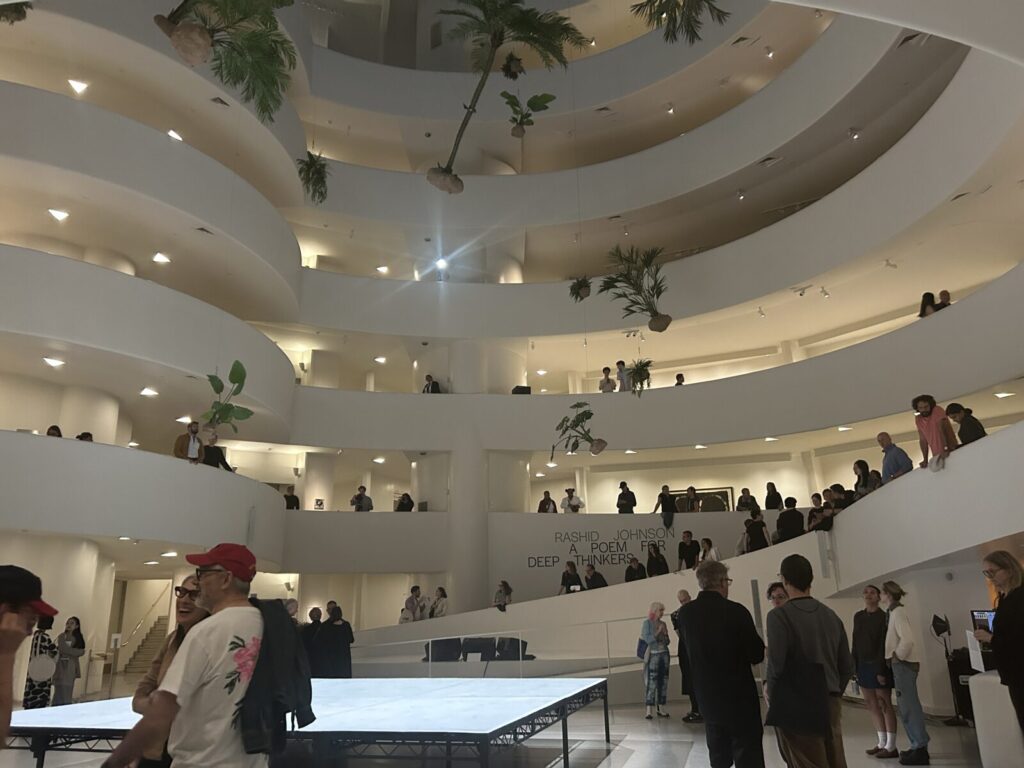
On a stark white elevated platform in the stark white rotunda of New York City’s Guggenheim Museum, dancers Boris Charmatz and Emmanuelle Huynh grappled in a mesmerizing bout of slow-motion contact improv to a nearly unrecognizable recording of Ravel’s ‘Boléro,’ the 15-minute piece of music slowed down to a harrowing 50 minutes.
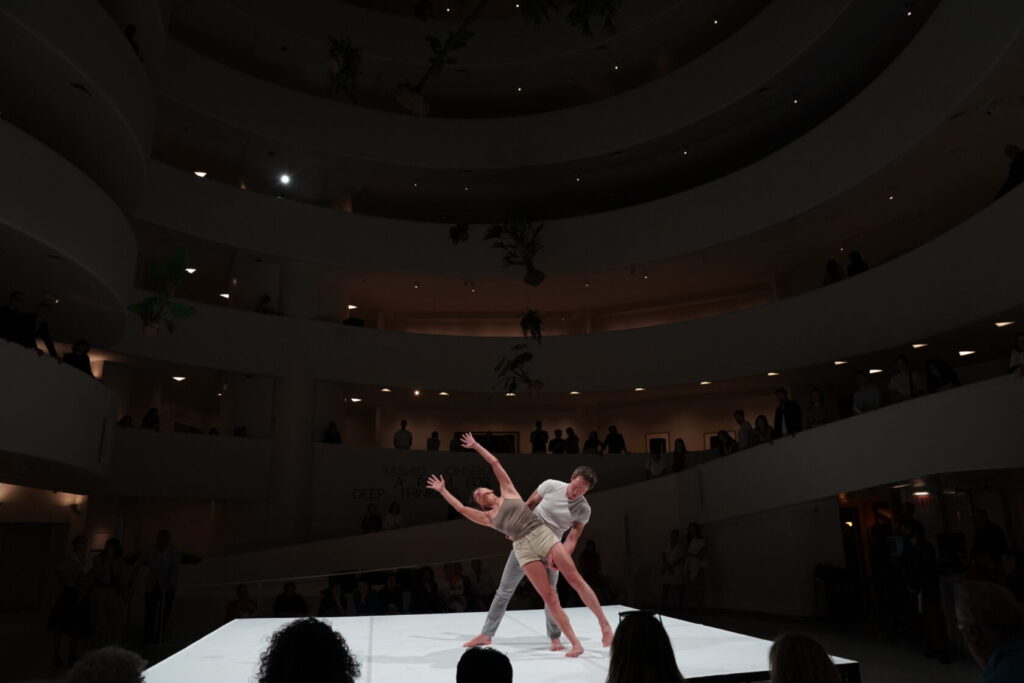
by Dance Reflections by Van Cleef & Arpels, in collaboration with the Guggenheim New York (Photo:
Enid Alvarez ©SRGF)
The underlying moves originated in a 1996 duet by French choreographer Odile Duboc called bolero 2 which Charmatz and Huynh had danced over the years; they later chose to recreate the work in stretched-out time and call it étrangler le temps (to strangle time.) Shifting their weight at the speed of a melting glacier, the pair connected, disengaged, leaned into and hoisted each other into the air at perilous angles, and made shapes with their bodies for the other to crawl through or nestle in. Certain sequences occurred with a Groundhog Day-like regularity – just as Ravel’s 16-bar melody kept restating its case. New moves, like an inverted lift in which Huynh wrapped her feet around Charmatz’s neck, were introduced as time quite literally dragged on. Challenging themselves to perform with eyes mostly closed, it was as if the dancers were recalling these movements in a dream and executing them underwater, or half-asleep.
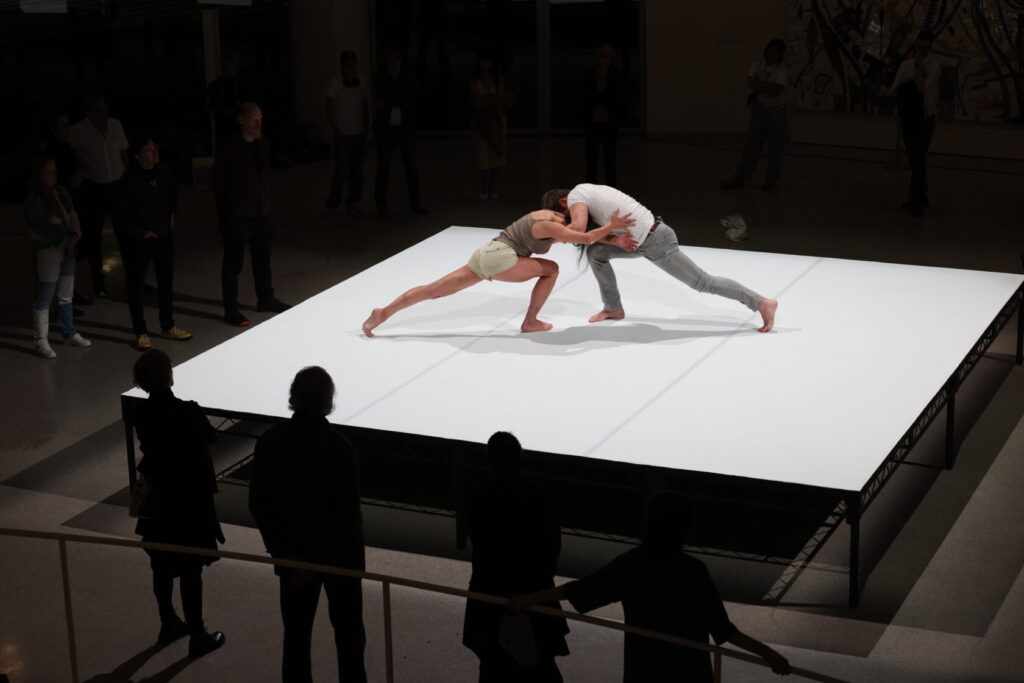
Proceeding so slowly as to approach stillness, this is dance that in certain moments attains the monumental quality of photography and sculpture. I was reminded of Vortex, a duet by choreographer Waysoon Poon that I saw at the 2018 Hong Kong Arts Festival. It was scored by Peter Lenaerts whose preoccupation with silence led him to record the sound of empty buildings, urban streets and candles burning, among other phenomena – the kind of soundtrack that seemed more at one with its choreography than long-haul ‘Boléro.’
In a ‘Boléro’ that unfolds at normal speed, sustained crescendos and a growing sense of alarm in the orchestration build up to a shocking and magnificent 85-instrument pile-up. But in this distended version, melody passed colorlessly from woodwinds to celesta, horns and strings; the bass line withered; and the normally invigorating snare drum rumbled and wheezed as if about to go into cardiac arrest. As this was a recording of a live performance (by the Symphonic Orchestra RAI Milano conducted by Sergiu Celibidache), with applause detectable at the end, the process of slowing down the audio only heightened the ambient sounds and artifacts. Listening proved heavy lifting – which may have been the point.
In this forbidding wintry landscape, with the corrupted version of a well-known score raining down sour notes and the sounds of hissing, gurgling, drones and static, the lithe and powerful Huynh and Charmatz seemed to be battling their way through a musical storm, straining to recognize signposts in a score they once knew so well.
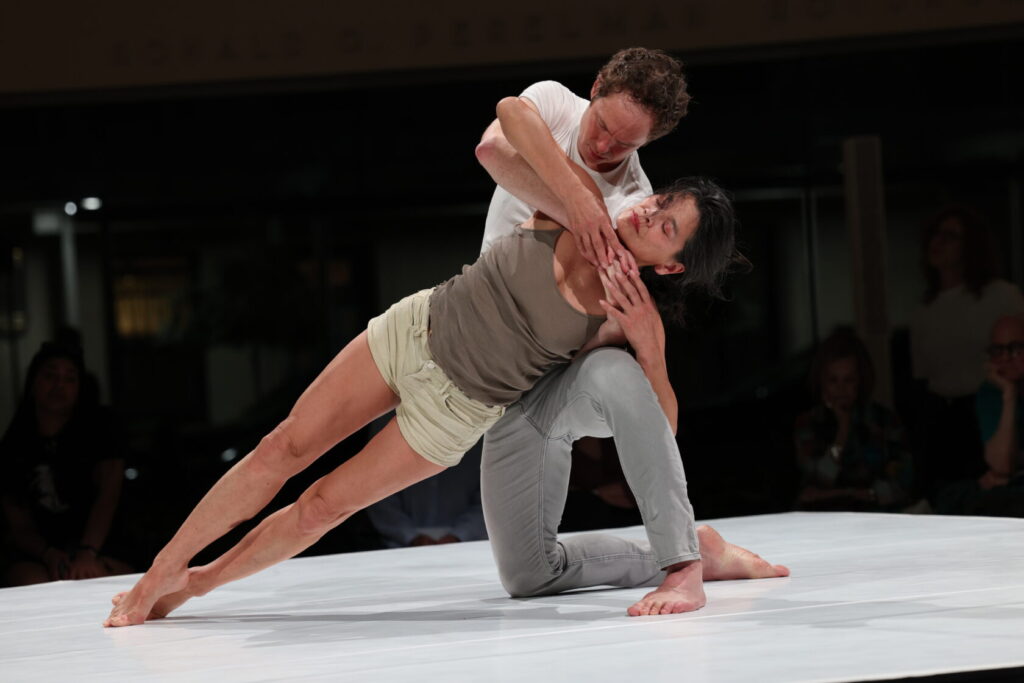
Charmatz’ bio notes that he “seeks dance in unusual places.” Yet the rotunda lobby was not a particularly unusual or adventurous choice for this project: if the goal were to approach stillness asymptotically in order to bring dance closer to art, it would have been more meaningful to dance next to artwork – as if conjuring it to life. At the Guggenheim, on the relatively narrow spiraling ramps along which most of the art is displayed, it may not be possible to give adequate sightlines to the hundred or so attendees. But the Guggenheim has alternate gallery spaces in which the dance could have engaged with paintings and sculpture. The museum could even have treated the piece as another installation and arranged for it to meander along the ramps at intervals during regular museum opening hours.
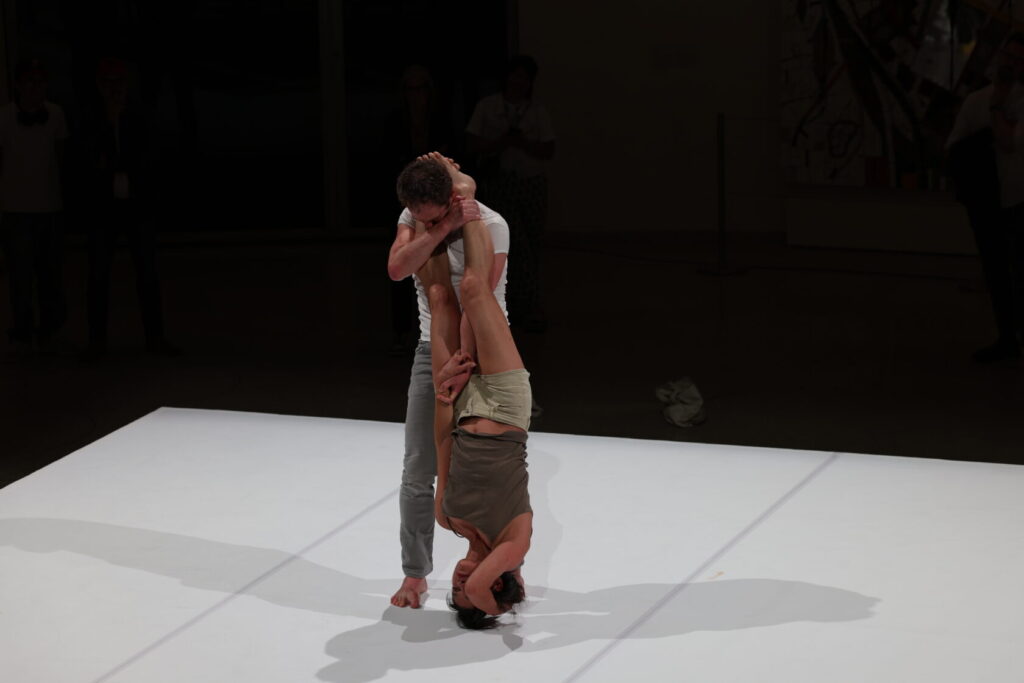
The rotunda did offer an element of serendipity in the hanging installation by Rashid Johnson – a collection of palm trees, their roots wrapped in burlap bags, suspended at varied heights below the skylight. They floated serenely in space, swaying gently in the light breeze generated by the museum’s HVAC system, far above the heads of dancers and audience. At rare moments during the dance, Huynh would open her eyes and gaze out into the distance or up toward the skylight, a quizzical look on her face. The strange palms at first glance evoke a tropical idyll but to a public attuned to catastrophe, they could equally appear threatening – bombs disguised as plants, perhaps. Or they could more generally reflect the classic New York City anxiety about walking on sidewalks where bricks, airconditioners or other random objects are liable to come crashing down the side of a building. While this is largely a myth given the stringent realities of city regulations, étrangler le temps makes a perfect container for urban anxiety, underscored by this incidental set decoration.
Worthy of note: the weekend run of étrangler le temps was sponsored by Dance Reflections by Van Cleef & Arpels, whose support for dance seems to grow more robust every season – never more urgently appreciated than right now when America’s own government is doing its damnedest pour étrangler les arts.
Carla Escoda attended the 10th May, 2025 performance at the Guggenheim Museum in New York City
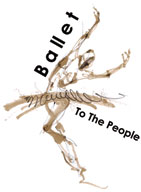
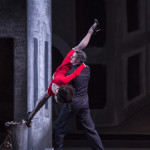
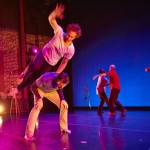
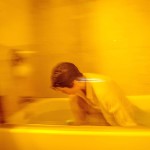
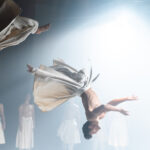
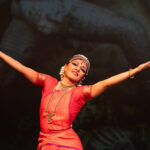
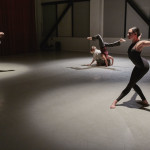
THIS is what I saw through the glass as I was walking down 5th avenue the other night. It looked so beautiful what little I could see from the outside. Thank you for this memorable description, I couldn’t find any other reviews online. I’m not sure I would have wanted to sit through the Bolero as you described but the movement would surely have made it all worthwhile. I wish there had been more publicity about this, I would have bought a ticket. There is so much money for Broadway ads on the side of buses, in the newspapers and magazines and trailers on YouTube. And so little money to get out the word about performances like these. Something is wrong in our culture… Don’t get me started…